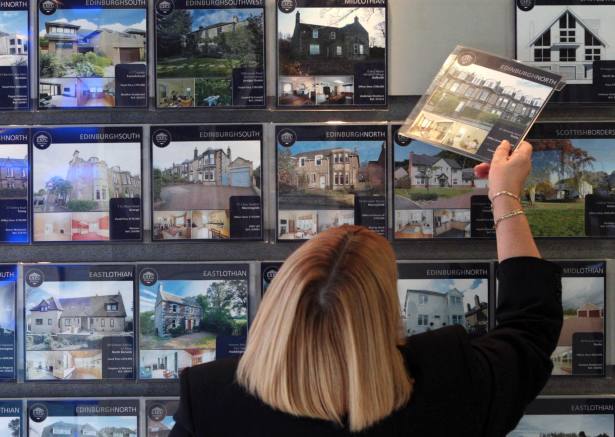
Buy-to-let landlords have been at the receiving end of several changes to the housing market in recent years.
Introduced under former Chancellor George Osborne, the tax and regulatory reforms were part of a shake-up announced in his Autumn Statement 2015 and have hit landlords particularly hard.
The changes came as the government faced pressure to respond to soaring house prices and a rental market that was largely perceived to work in favour of landlords rather than tenants.
Phased in
Among the changes brought in was an additional 3 per cent stamp duty surcharge which was introduced in April 2016. There has also been the phased abolition of mortgage interest rate tax relief for landlords since April 2017, with the final phase still to come in April 2020.
David Hollingworth, associate director, communications at L&C Mortgages, explains: “From April 2020 landlords will only be able to claim basic rate relief on any mortgage interest costs and will have been having to gradually adjust to what, for many, will have resulted in higher tax bills.”
The rules around lending were also tightened, with the Prudential Regulation Authority bringing in more stringent affordability testing for those borrowers with buy-to-let ambitions.
Mr Robins says that the main tools being used have been effective in making investment in residential property less profitable for landlords.
“In most cases, landlords now have to pay stamp duties at a higher rate than individuals buying property to live in personally,” he explains.
“In England, Wales and Northern Ireland, landlords face a 3 per cent supplementary charge, and in Scotland this is 4 per cent.”
Company structure
Mr Robins points to multiple dwellings relief (MDR) as an important relief from higher stamp duty rates and as being helpful for landlords building a property portfolio.
He explains: “Under MDR rules, SDLT (stamp duty land tax) and LTT (land transaction tax) is charged on the average price of all of the properties purchased, using residential tax rates including the supplementary charge. In Scotland, bulk purchases qualify for MDR without suffering the supplementary charge.
“In England, Wales and Northern Ireland, this means that landlords need to think carefully about whether it is better to pay stamp duty on the average property price at higher tax rates, or on individual prices at lower tax rates. “
Landlords with multiple buy-to-let properties are increasingly turning to the use of limited company structures.
Data published by Foundation Home Loans in November last year showed 62 per cent of landlords with one to 10 properties would purchase via a limited company, while 65 per cent of those with 11 or more properties would.
Adam Hosker, founder of Bespoke Finance, says: “Landlords who are building a portfolio in a limited company regularly receive higher mortgage rates than those that do not.







